I hope your Fourth of July festivities were nothing short of fabulous and that your month is off to a great start! I hope you enjoyed exploring our wine recommendations for the holiday weekend and it is with distinct pleasure I present to you our latest Wines of the Week, the rosés of Château D'Esclans.Provence is widely considered the birthplace of dry rosé and continues to be the benchmark against which all quality rosé is measured. These wines have a few key distinguishing characteristics, in addition to being pretty affordable they are generally light pink in color with delightful notes of red berries. On the palate, they are crisp, refreshing and fruity with a distinctly dry finish (dry = not sweet). Provençal-style rosé is the quintessential Summer wine and should have its place in every wine lover's repertoire.These wines are NOT to be confused with the cloyingly sweet, low quality "blush" wines you (or I) may have been a fan of in college. The two are stylistically very different. As a function of where they're from, Provençal rosés also seem to have an inherent "Glamour Factor" and are typically consumed in tony resort locations around the world including the Hamptons, Nantucket and, of course, the South of France.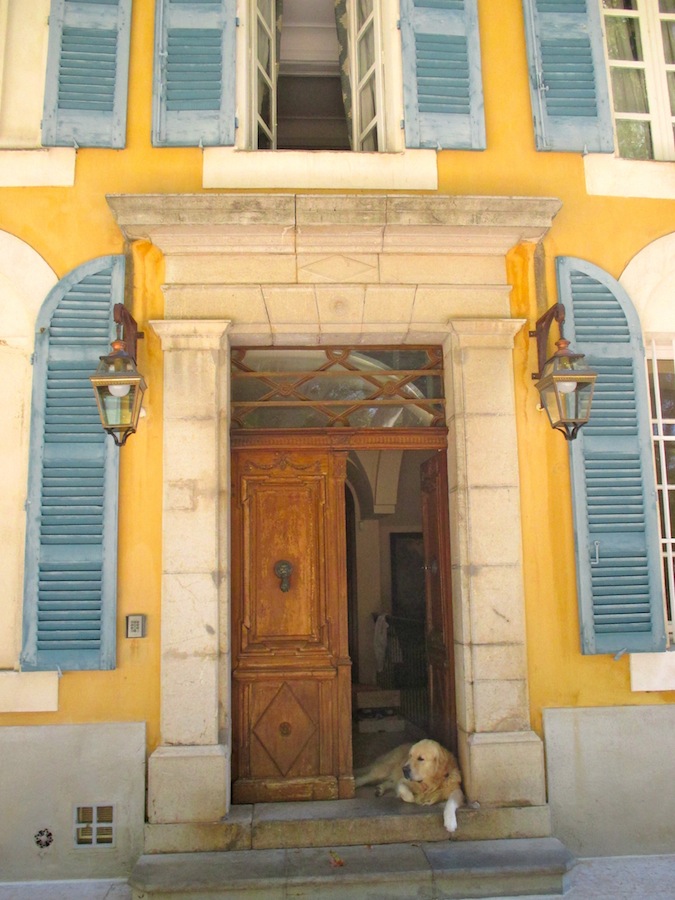
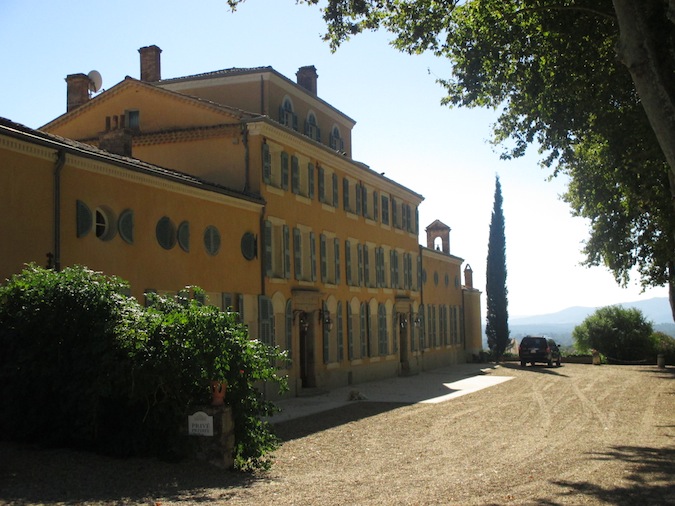
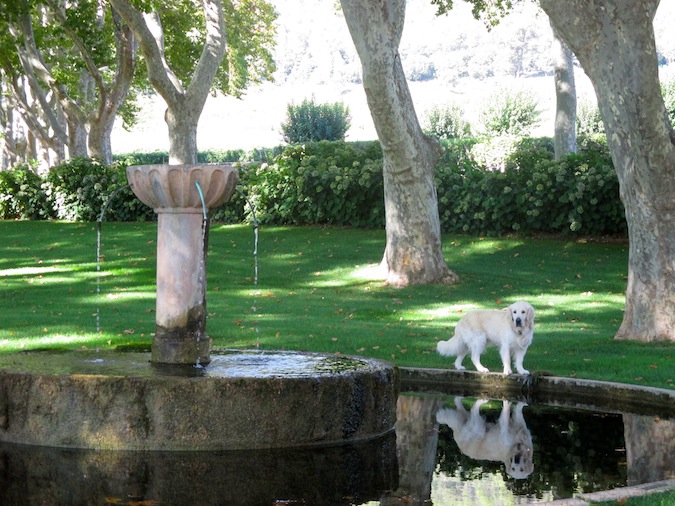 While Provençal rosé is generally considered an affordable, uncomplicated wine, the rosés of Château D'Esclans are unique in the sense that they offer that experience...and much, much more. The wines of this Château represent a paradigm shift in the way rosé is made and enjoyed, offering four distinctly different wines at four very different price points. As you might expect, it took a unique man with an inspired vision to accomplish this feat.Owner Sacha Lichine, son of Bordeaux legend Alexis Lichine, acquired Château d’Esclans in 2006. His roots had been firmly established in Bordeaux but following his father's passing and subsequent sale of the family's fourth growth Bordeaux estate, Château Prieuré Lichine, Sacha decided to make the leap from Bordeaux to Provence, a decision that definitely surprised some. To accomplish his goal of crafting a rosé like no other, Sacha knew he needed a winemaker that had spent his career on the forefront of vinous innovation, a winemaker like Patrick Léon.
While Provençal rosé is generally considered an affordable, uncomplicated wine, the rosés of Château D'Esclans are unique in the sense that they offer that experience...and much, much more. The wines of this Château represent a paradigm shift in the way rosé is made and enjoyed, offering four distinctly different wines at four very different price points. As you might expect, it took a unique man with an inspired vision to accomplish this feat.Owner Sacha Lichine, son of Bordeaux legend Alexis Lichine, acquired Château d’Esclans in 2006. His roots had been firmly established in Bordeaux but following his father's passing and subsequent sale of the family's fourth growth Bordeaux estate, Château Prieuré Lichine, Sacha decided to make the leap from Bordeaux to Provence, a decision that definitely surprised some. To accomplish his goal of crafting a rosé like no other, Sacha knew he needed a winemaker that had spent his career on the forefront of vinous innovation, a winemaker like Patrick Léon.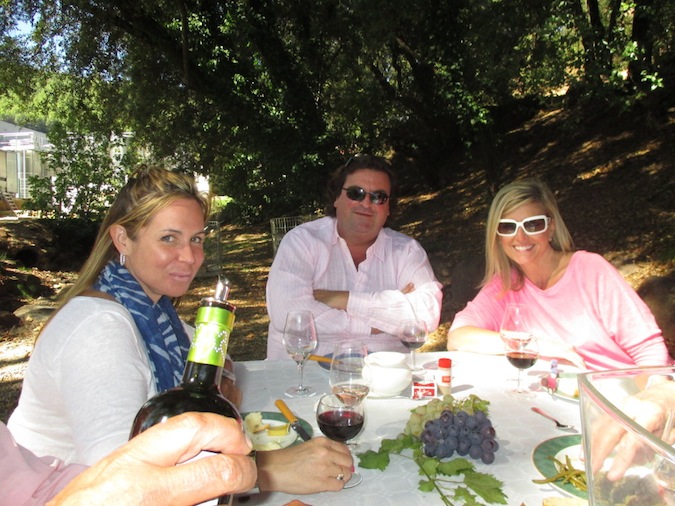
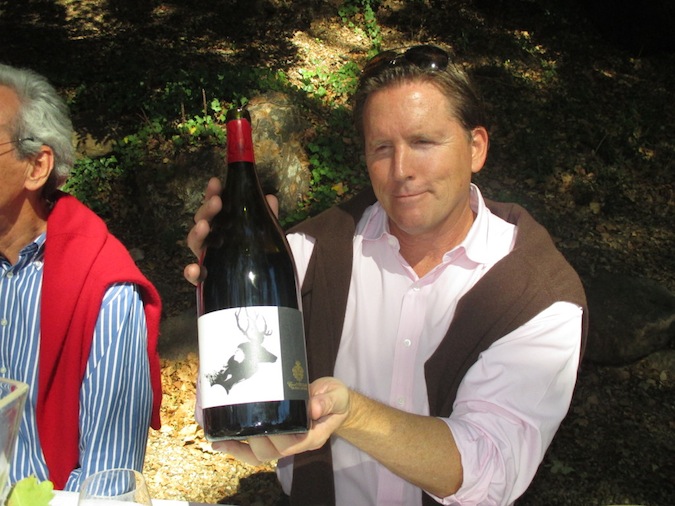
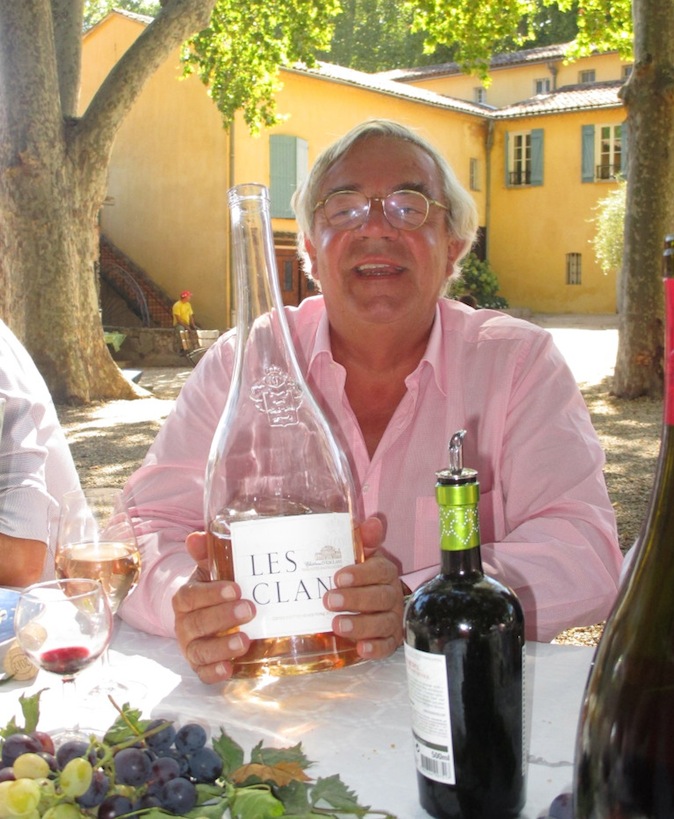 Patrick Léon is a Bordeaux native with an extensive education in Oenology. Even if you're not familiar with his name, you're probably familiar with his work. In addition to working with Sacha's father, Patrick spent the majority of his career as Managing Director of Baron Phillipe de Rothschild. This position required him to oversee technical departments including the company’s vineyards and winemaking facilities for such well-known names as Chateau Mouton Rothschild in Bordeaux, Opus One in California, Almaviva in Chile, as well as other wines in the company portfolio.Needless to say, Léon was just the man for the job!
Patrick Léon is a Bordeaux native with an extensive education in Oenology. Even if you're not familiar with his name, you're probably familiar with his work. In addition to working with Sacha's father, Patrick spent the majority of his career as Managing Director of Baron Phillipe de Rothschild. This position required him to oversee technical departments including the company’s vineyards and winemaking facilities for such well-known names as Chateau Mouton Rothschild in Bordeaux, Opus One in California, Almaviva in Chile, as well as other wines in the company portfolio.Needless to say, Léon was just the man for the job!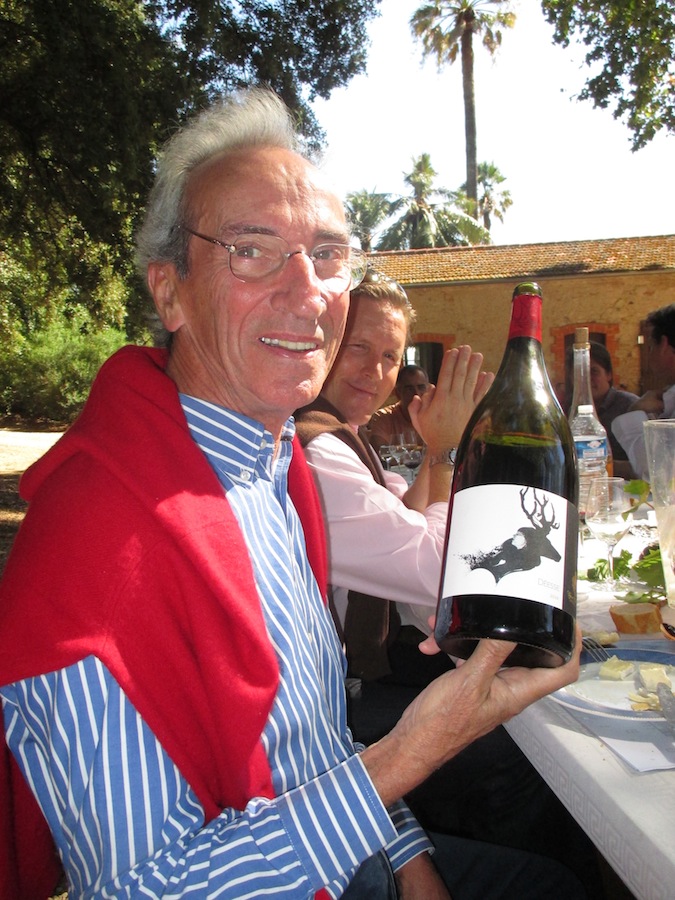
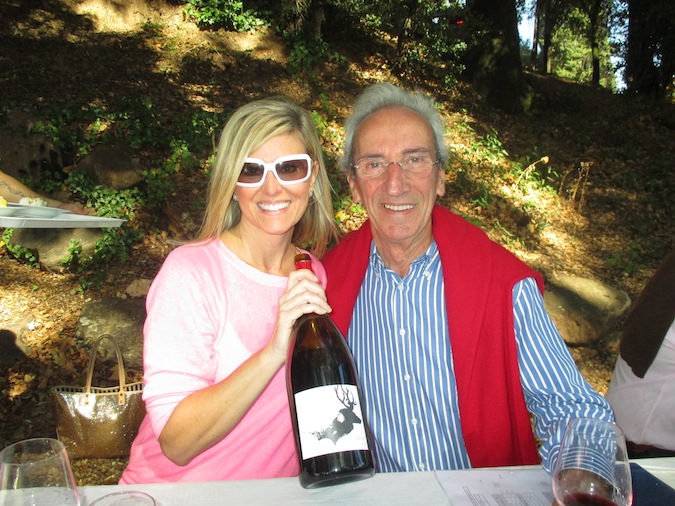 Château D'Esclans is located in the Department of the Var, approximately 15 miles northwest of the ancient Roman city of Frejus on the Mediterranean coast. The first traces of the chateau’s site date back to Gaullist times during which its location served as a lookout point to spot intruders coming by boat into the Gulf of Frejus. The chateau’s cellar structure or foundation (known today as the oldest in the region) housed an original Chateau that was given by the Comte de Provence to Gérard De Villeneuve, in 1201.The current chateau, inspired by Tuscan villa design, was built during the mid 19th century. The Château has 108 acres of vineyards while the total property consists of 659 acres. The primary grape grown here is Grenache followed by Vermentino (aka Rolle). Other grapes include Cinsault, Merlot, Mourvèdre, Syrah, and Tibouren. The château is known for its old Grenache vines which produce grapes that offer greater concentration of flavor than younger vines. As the elevation of the vineyards increases, so do the age of the vines and the highest elevated lot consists of 90 year old vines.
Château D'Esclans is located in the Department of the Var, approximately 15 miles northwest of the ancient Roman city of Frejus on the Mediterranean coast. The first traces of the chateau’s site date back to Gaullist times during which its location served as a lookout point to spot intruders coming by boat into the Gulf of Frejus. The chateau’s cellar structure or foundation (known today as the oldest in the region) housed an original Chateau that was given by the Comte de Provence to Gérard De Villeneuve, in 1201.The current chateau, inspired by Tuscan villa design, was built during the mid 19th century. The Château has 108 acres of vineyards while the total property consists of 659 acres. The primary grape grown here is Grenache followed by Vermentino (aka Rolle). Other grapes include Cinsault, Merlot, Mourvèdre, Syrah, and Tibouren. The château is known for its old Grenache vines which produce grapes that offer greater concentration of flavor than younger vines. As the elevation of the vineyards increases, so do the age of the vines and the highest elevated lot consists of 90 year old vines.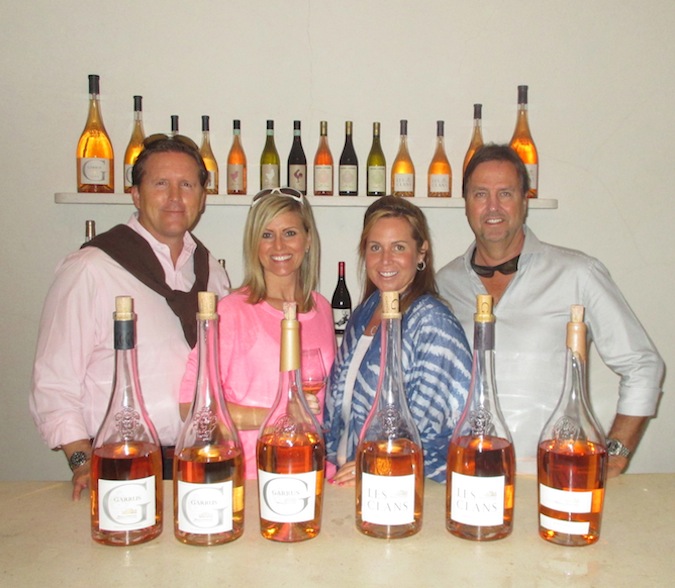
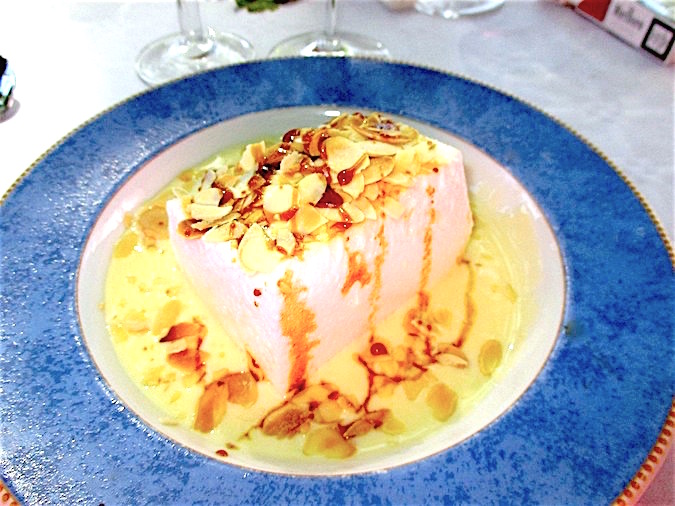 We had the opportunity to visit Château D'Esclans on a gloriously sunny day during the September harvest. As you might expect, the property is breathtakingly beautiful and in addition to the vineyards and winemaking facility, features a stately Tuscan villa surrounded by a rolling green lawn studded with oak trees. As we arrived for our visit the sun was filtering through the canopy of trees while two Golden retrievers frolicked in the fountains chasing koi.As we toured the state of the art winemaking facility it was clear harvest was in full swing - the excitement was palpable! The thrum of the sorting table filled the air as crates of freshly-picked grapes were lined up to be processed. The temperature-controlled facility had all the latest technology including an optical sorter, state of the art lab and oodles of oak barrels for the more expensive cuvées. Since the Chateau's inaugural 2006 vintage of 100,000 bottles, total production has jumped to 1.5 million bottles annually. Lichine's hunch that wine lovers would want to experience the glamorous South of France through his line of rosé wines was right on the money.
We had the opportunity to visit Château D'Esclans on a gloriously sunny day during the September harvest. As you might expect, the property is breathtakingly beautiful and in addition to the vineyards and winemaking facility, features a stately Tuscan villa surrounded by a rolling green lawn studded with oak trees. As we arrived for our visit the sun was filtering through the canopy of trees while two Golden retrievers frolicked in the fountains chasing koi.As we toured the state of the art winemaking facility it was clear harvest was in full swing - the excitement was palpable! The thrum of the sorting table filled the air as crates of freshly-picked grapes were lined up to be processed. The temperature-controlled facility had all the latest technology including an optical sorter, state of the art lab and oodles of oak barrels for the more expensive cuvées. Since the Chateau's inaugural 2006 vintage of 100,000 bottles, total production has jumped to 1.5 million bottles annually. Lichine's hunch that wine lovers would want to experience the glamorous South of France through his line of rosé wines was right on the money.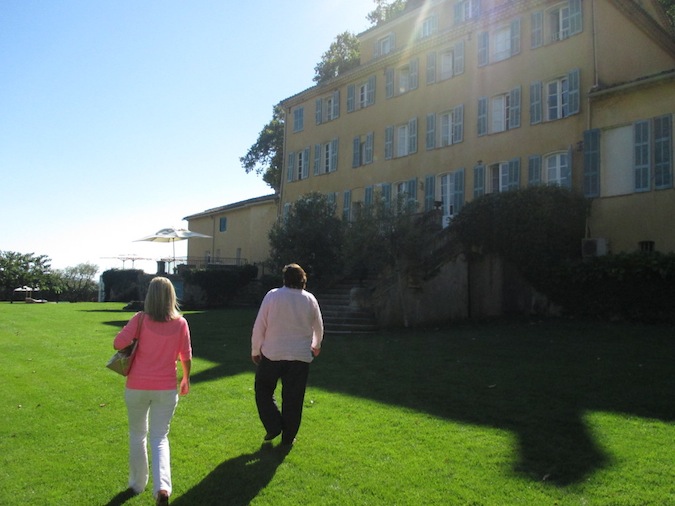
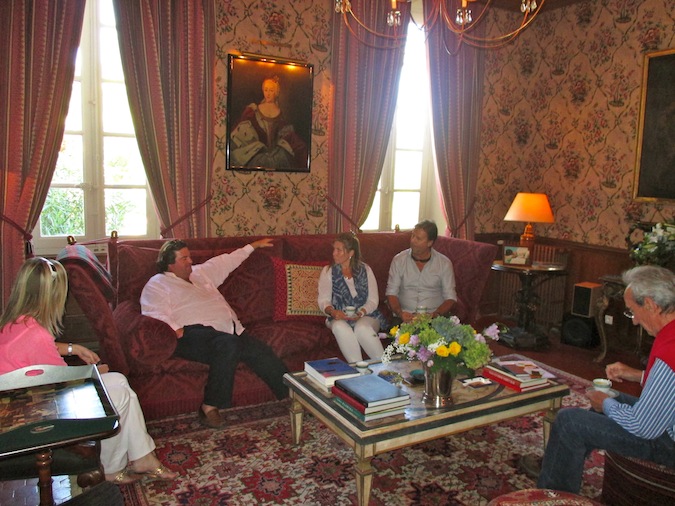 After our tour of the facility, we enjoyed a tasting of the Chateau's 2009, 2011 and 2012 Les Clans and Garrus rosés from large format, 3-liter bottles. While historically, rosés were intended for immediate gratification, the Les Clans and Garrus offerings were crafted with the intention of aging with grace. The Les Clans typically drinks more like a White Burgundy with a generous, viscous mouthfeel accented by lovely notes of red fruit. The Garrus on the other hand receives a more generous oak regimen resulting in a more spice-tinged, structured profile. The 2011 and 2012 vintages of both wines were still rife with glorious, youthful fruit complemented by varying degrees of spice and tannin. The 2009 vintage on the other hand truly demonstrated the age-worthiness of these wines: while the fruit was more muted, the wait was rewarded with more complexity, refinement and depth of flavor in both wines.As we wrapped up our tasting we were invited to stay for the Harvest Lunch which we immediately accepted. We were very pleased to learn Sacha Lichine, Patrick Léon and those bottles of Les Clans and Garrus would be joining us! We lingered over the delightful meal, enjoying the remainder of the rosé wines as well the Déesse Diane, a Côtes de Provence red wine also produced by the Chateau. The delightful blend of Syrah and Mourvèdre featured notes of lovely, lush dark fruit accented by spice and garrigue, the collective term referring to the region's native flora (juniper, rosemary, thyme and lavender) which often manifests in its wines.Lunch was followed by a stroll across the verdant green lawn and coffee at Villa Lichine with our gracious hosts. And as we reflected on our delightful day, we agreed that while Château D'Esclans may be one of the wine world's hottest new brands, the heart of the operation, and perhaps the key to its success is its foundation in generations of hospitality and the storied lifestyle its wines represent.
After our tour of the facility, we enjoyed a tasting of the Chateau's 2009, 2011 and 2012 Les Clans and Garrus rosés from large format, 3-liter bottles. While historically, rosés were intended for immediate gratification, the Les Clans and Garrus offerings were crafted with the intention of aging with grace. The Les Clans typically drinks more like a White Burgundy with a generous, viscous mouthfeel accented by lovely notes of red fruit. The Garrus on the other hand receives a more generous oak regimen resulting in a more spice-tinged, structured profile. The 2011 and 2012 vintages of both wines were still rife with glorious, youthful fruit complemented by varying degrees of spice and tannin. The 2009 vintage on the other hand truly demonstrated the age-worthiness of these wines: while the fruit was more muted, the wait was rewarded with more complexity, refinement and depth of flavor in both wines.As we wrapped up our tasting we were invited to stay for the Harvest Lunch which we immediately accepted. We were very pleased to learn Sacha Lichine, Patrick Léon and those bottles of Les Clans and Garrus would be joining us! We lingered over the delightful meal, enjoying the remainder of the rosé wines as well the Déesse Diane, a Côtes de Provence red wine also produced by the Chateau. The delightful blend of Syrah and Mourvèdre featured notes of lovely, lush dark fruit accented by spice and garrigue, the collective term referring to the region's native flora (juniper, rosemary, thyme and lavender) which often manifests in its wines.Lunch was followed by a stroll across the verdant green lawn and coffee at Villa Lichine with our gracious hosts. And as we reflected on our delightful day, we agreed that while Château D'Esclans may be one of the wine world's hottest new brands, the heart of the operation, and perhaps the key to its success is its foundation in generations of hospitality and the storied lifestyle its wines represent. 2013 Château D'Esclans Whispering Angel Rosé: the entry level Château D'Esclans rosé is a blend of grapes grown from some of the most choice land in the surrounding region of La Motte en Provence. It consists primarily of Grenache, Rolle (aka Vermentino), Cinsault, Syrah and Tibouren. Both free run and pressed juices are vinified entirely in stainless steel and bâtonnage, or lees stirring, is performed twice weekly.This wine is a crystalline pink in color with delicate aromas and flavors of bright citrus and red berries. It is crisp and refreshing on the palate with a snappy, clean finish - delightful!
2013 Château D'Esclans Whispering Angel Rosé: the entry level Château D'Esclans rosé is a blend of grapes grown from some of the most choice land in the surrounding region of La Motte en Provence. It consists primarily of Grenache, Rolle (aka Vermentino), Cinsault, Syrah and Tibouren. Both free run and pressed juices are vinified entirely in stainless steel and bâtonnage, or lees stirring, is performed twice weekly.This wine is a crystalline pink in color with delicate aromas and flavors of bright citrus and red berries. It is crisp and refreshing on the palate with a snappy, clean finish - delightful! 2013 Château D'Esclans Cotes de Provence Rosé: the second wine in the Château's portfolio is made from grapes grown in the Château d’Esclans vineyard, consisting primarily of Grenache and Rolle. It is made entirely from free run juice which is partially vinified in demi-muids (600 L barrels) as well as stainless steel with a temperature controlled maceration.This wine has a pale pink color and mineral-tinged aromas of white peach and red berries. On the palate a creamy texture accompanies pleasant cherry and strawberry flavors with a hint of lavender and spice. This wine most closely approximates a true Provencal rose and is a wonderful accompaniment to food such as charcuterie, salads and shellfish.
2013 Château D'Esclans Cotes de Provence Rosé: the second wine in the Château's portfolio is made from grapes grown in the Château d’Esclans vineyard, consisting primarily of Grenache and Rolle. It is made entirely from free run juice which is partially vinified in demi-muids (600 L barrels) as well as stainless steel with a temperature controlled maceration.This wine has a pale pink color and mineral-tinged aromas of white peach and red berries. On the palate a creamy texture accompanies pleasant cherry and strawberry flavors with a hint of lavender and spice. This wine most closely approximates a true Provencal rose and is a wonderful accompaniment to food such as charcuterie, salads and shellfish. 2012 Château D'Esclans Les Clans Rosé: This is where the departure from traditional rosé really begins! The grapes for Les Clans are selected from old vines consisting primarily of Grenache and Rolle. This wine is made from 90% free run juice and 10% first slight pressing. Alcoholic fermentation takes place in new and second year demi-muids. Burgundian style bâtonnage occurs twice weekly for ten months to enhance creaminess and complexity.This wine has fragrant aromas of red berries, white peach and spice and dazzles on the palate with layers of strawberry, cherry, spice and hint of lavender. The lovely complexity accompanies a luxuriously creamy mouthfeel followed by a long, lingering finish. This wine would pair beautifully with everything from rich seafood dishes to roasted chicken!
2012 Château D'Esclans Les Clans Rosé: This is where the departure from traditional rosé really begins! The grapes for Les Clans are selected from old vines consisting primarily of Grenache and Rolle. This wine is made from 90% free run juice and 10% first slight pressing. Alcoholic fermentation takes place in new and second year demi-muids. Burgundian style bâtonnage occurs twice weekly for ten months to enhance creaminess and complexity.This wine has fragrant aromas of red berries, white peach and spice and dazzles on the palate with layers of strawberry, cherry, spice and hint of lavender. The lovely complexity accompanies a luxuriously creamy mouthfeel followed by a long, lingering finish. This wine would pair beautifully with everything from rich seafood dishes to roasted chicken! 2012 Château D'Esclans Garrus Rosé: the grapes for Garrus, the jewel in the Château's vinous crown, are selected from vines grown from parcels bearing old vines consisting of Grenache and Rolle. This wine is made from 90% free run juice, and the alcoholic fermentation takes place in both new and second year demi-muids. For 10 months Burgundian style bâtonnage occurs twice weekly.A beautiful rose petal pink color, this wine has heady aromas of raspberry, ginger and herbs. On the palate this full-bodied rosé exhibits flavors of red berries, vanilla and spice framed by tannins and acidity which synergize beautifully as the wine opens up. This wine is dynamic in the glass and very food-friendly with the potential to stand up to dishes with some heft including beef, lamb or other grilled meats.Cheers,
2012 Château D'Esclans Garrus Rosé: the grapes for Garrus, the jewel in the Château's vinous crown, are selected from vines grown from parcels bearing old vines consisting of Grenache and Rolle. This wine is made from 90% free run juice, and the alcoholic fermentation takes place in both new and second year demi-muids. For 10 months Burgundian style bâtonnage occurs twice weekly.A beautiful rose petal pink color, this wine has heady aromas of raspberry, ginger and herbs. On the palate this full-bodied rosé exhibits flavors of red berries, vanilla and spice framed by tannins and acidity which synergize beautifully as the wine opens up. This wine is dynamic in the glass and very food-friendly with the potential to stand up to dishes with some heft including beef, lamb or other grilled meats.Cheers,
Stephanie Miskew
Author